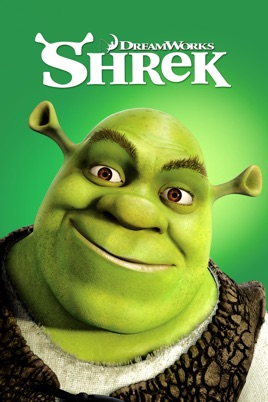Time-Lapse
The purpose
of a time-lapse is to show how something changes, therefore time-lapses are
often used during sunsets to show the change from day to night, they’re also
used to see how food changes over time, to see if it moulds. Time-lapses are used
a lot in films to represent a passage of time. Some good examples of time-lapses
are these: 1
Movement in
time-lapses are hard to capture, typically people walking by are only in the
time-lapse for a second or 2 at a push. This is visible in this time-lapse of abustling Dubai.
Plasticine
Plasticine’s
purpose is to create a somewhat realistic looking animation, showed by the
plasticine human models, paired with unrealistic aspects, such as a face
melting for instance. A funny example of a plasticine animation that has both
realistic and unrealistic feature is Pingu’s The Thing by Lee Hardcastle.
Plasticine
is useful as it doesn’t dry so the character can continuously be moved and
modelled to create different poses, this is how movement is created using plasticine
characters, for each frame the legs can be slightly moved, which in turn
creates an aspect of movement.
Plasticine
is better off in stop-motion films and less so in live action films, this is
due to the fact that in live action you can’t make it seem like plasticine characters
are actually moving and ‘real’, but this is possible in stop-motion.
Plasticine
is used in clay-mation, not always to create the characters but to make other
parts, for instance in early man, the characters’ lips and eyebrows are made of
plasticine, whereas the rest of the character isn’t.
Plasticine
is primarily made for films that are targeted more towards children, such as Wallace and Gromit. This is because it is easy to make less subtle, more in your face
humour with plasticine, which obviously tends to appeal more to children’s
humour.
Cut-Out
Cut-out is effective
in many ways, it is possible to create clear 2D images with platforming, you
can also create the illusion of rain, snow, any weather really. This is
possible by placing cut outs of rain drops or snowflakes at the top of the frame
to begin with and after each frame move them down the page slightly. This, in
the end, creates the illusion of rain or snow.
Cut-out is
also easy to create movement, since the image is essentially on a ground
looking up at the camera and not looking side on at a camera it is not going to
fall so lifting limbs up is easy to do with little to no consequence.
Cut-out is
used for any means of animation so can vary for any audience, although cut-out
isn’t used for feature films very often, it’s more of a ‘short film on YouTube’
type of animation style.






